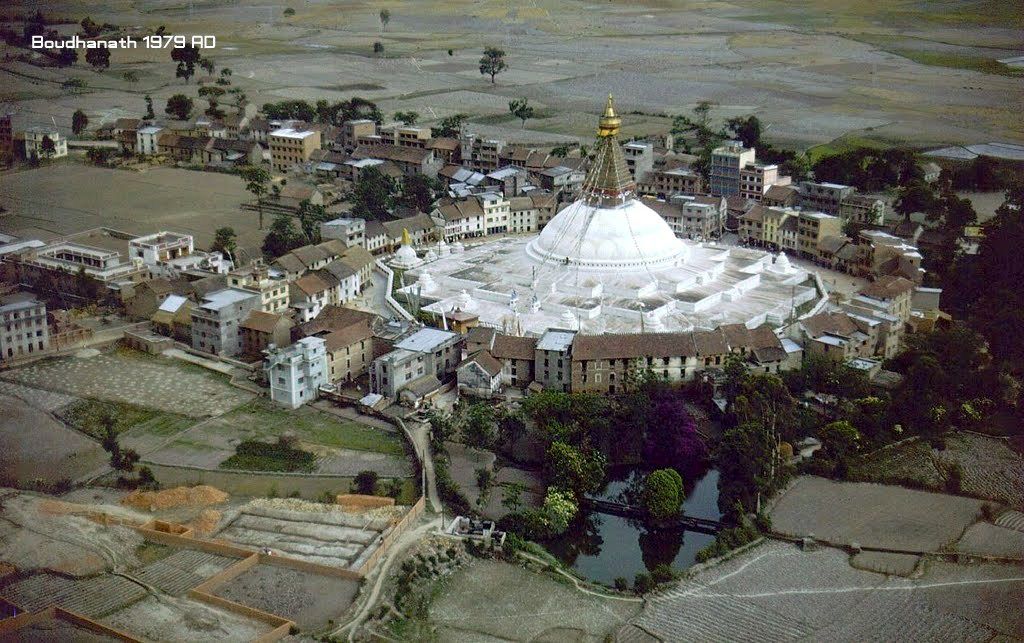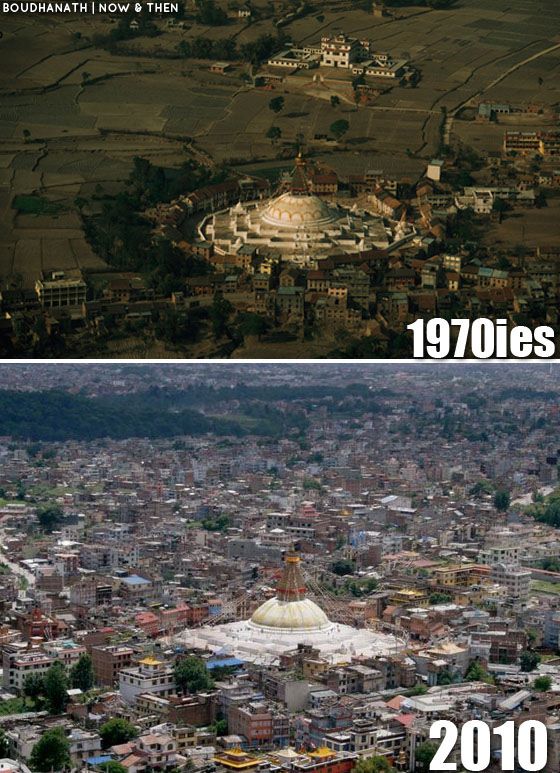The class is growing more intense, or maybe my brain is filling up. I am getting a glimmer of understanding, though. It’s less necessary to suspend disbelief about the practice. I just bring my teachers to mind. It’s not even necessary to be in their presence. Their experience of the world is different. They’re kinder and happier. I’m a little closer to understanding how they achieved that. It’s hard work!
This afternoon, we go to Phakchok Rinpoche’s room. He wants to see how we’re getting on and give us encouragement. He asks each of us about something we should have learned. First, the monk from New Zealand. “What are the four nails?” That’s one I could answer. He says the first three but can’t remember the fourth. Maybe I’m doing better than I imagined. Next the monk from Colorado. I can’t even understand his question. I can at least partially answer the next few questions.
Now it’s my turn. “What are the three samadhis?” I’m utterly baffled. I’ve asked about them and failed altogether to understand. I don’t even understand what samadhi means. First I do bad prostrations, now I can barely begin to answer Phakchok Rinpoche’s question. “I have not yet been able to understand about samadhis, Rinpoche. Maybe they are related to the three kayas?”
Rinpoche is not fierce this time. I think he realizes that while my sincerity is not as great as my ignorance, it is genuine. He talks about something else while I pacify my agitation then patiently explains. I still don’t understand.
Later, I remember binary arithmetic being explained in High School. I couldn’t understand it at all. Then I got a job as a computer programmer and it was immediately obvious. Presumably, my mental block that makes samadhis invisible will also disappear.
We’re now starting a little before 9. I have just enough time after the monastery gong wakes me at 4:30 to write up the previous day’s notes, meditate and have noodles and coffee. We get a long lunch break then continue until around 7, ending the day by practicing the long version of the ritual. By that time I have just enough energy to cook a few more noodles before conking out.
More detail is revealed each day. Knowing when to do the hand gestures (mudras), remembering which one goes with what chant, even just remembering the sequence of movements for each one is hard. I’ll do a simpler practice at home, a subset of what we’re learning, but I don’t yet understand enough to know which parts I will do. I’m trying to learn them all, at least to some extent.
A most auspicious thing happens today. We have a second session with Phakchok Rinpoche. He blesses our prayer beads (malla) and mine break while he rolls them between his palms. That in itself is auspicious. Then he directs one of his lamas to restring my malla and add a “root bead” of the special kind. Now I must use it only in private, so I will buy another one to use in class.
Rinpoche (it means Precious One) does not ask questions today. He explains many things. I listen with windows open, mind transparent, as clear as I can, anyway. The Zen master said about his paradoxical teachings: “Just let it all in. Don’t evaluate, don’t worry if you will forget, don’t think. If you do, you will not hear. “
Pointing to his cup, Rinpoche says something about equality. For just a nanosecond I glimpse what he is pointing out. I’m so happy!
Tomorrow is the end of week two, our free day. I’ll review my notes and try to clarify my questions. Our translator will tell me the names of the mudras so I can annotate my texts with which one goes where. She will also get us video of them all. I may now have the visualizations that go with each chant clear enough so I can practice on my own but it’s very hard to remember what they mean while also remembering what to do.


